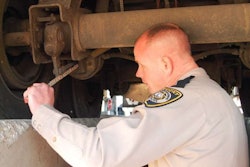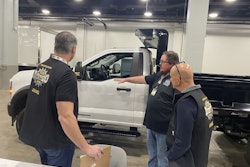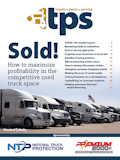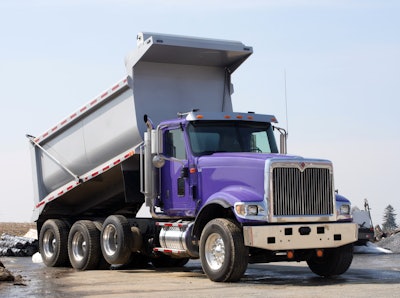
Keep lift axles moving
- Inspect the lift axle daily and before every trip, looking for wear and maintenance issues. Clear all debris from the lift axles and examine tires for irregular wear.
- The air system, which raises and lowers the axle, should be inspected routinely.
- Some common problems with lift axles include insufficient ground clearance or improper movement.
Both lift axles and regular axles require regular maintenance to keep the wheels turning, but lift axles, owing to their ability to move up and down according to the situation and the load, have their own set of preventative maintenance procedures to maximize life span and efficacy.
When should I inspect lift axles?
Daily inspections are critical for the life of the lift axle, says Bob Morrison, customer service representative for Hendrickson Specialty Products, auxiliary axles. At least once a day, and before each trip, the company recommends each lift axle component be inspected for proper condition and installation to the truck or trailer frame.
What am I looking for during a lift axle inspection?
Hendrickson suggests looking for any loose or damaged fasteners and make sure all of them are tightened to the specific torque. Any worn or damaged fasteners should be replaced. Air springs should be clear of debris and show no signs of chafing; worn air springs should also be replaced.
Steering components should move freely through the full range of motion, Hendrickson says, from axle stop to axle stop. Pivot points should be checked for looseness and be properly lubricated. Look at tires for wear patterns that may indicate suspension damage or misalignment. Go over the axle look for any worn, bent, cracked or otherwise damaged parts and replace them.
What about the lifting mechanism for the lift axle?
Lance Gage, SAF-Holland’s product manager for trailer axles and suspension systems, Americas, says the pneumatic system should be inspected every 100,000 miles or annually, whichever comes first.
“Like any pneumatic system, proper maintenance of the air system is critical to maximize component life,” he says. “Moisture, oil and contamination in the air system can dramatically reduce the life of the control valves and the air springs.”
Of course, he adds, in moderate- or severe-duty applications, inspections should happen more frequently.
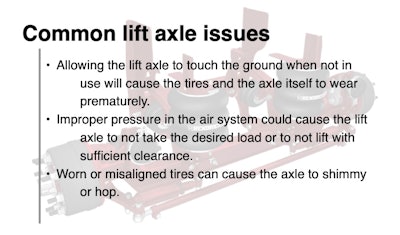 Image courtesy of Hendrickson
Image courtesy of Hendrickson
Why am I having a problem with a lift axle?
A common problem with lift axles is improper clearance between the road and the tire when lifted.
“If the ground clearance in the fully lifted position is insufficient, tires will bridge, causing flat spots which will lead to premature tire failure,” Gage says. An SAF lift axle should have a minimum of 4 inches, of ground clearance when fully lifted to mitigate any bridging. Its axles also feature an automatic system with integrated weight sensors to automatically lift the front axle when the system senses only one is necessary to carry the load.
Hendrickson lists some other common problems in its manual:
- The lift axle not getting the desired load could be not having proper air pressure in the ride springs, an improperly installed air control system, or incorrect mounting.
- The lift axle not getting the correct lift could be from the air springs not getting the correct air pressure, from interference with other components, or from a poor installation.
- If the lift axle has a vertical hop, it may not be under a sufficient load or the tires may be unbalanced.
- An axle shimmy can be caused by an incorrect toe or caster setting, loose axle or pivot bolt connections, misalignment, tires of a different size or unbalanced, or worn stabilizers.
“Just like any system, there are opportunities to consider for maintaining a suspension,” Morrison says. “This points back to the maintenance intervals. If you control these requirements closely, don’t abuse the unit, and replace worn components with Hendrickson original parts, you will experience productive longevity with our systems.”



